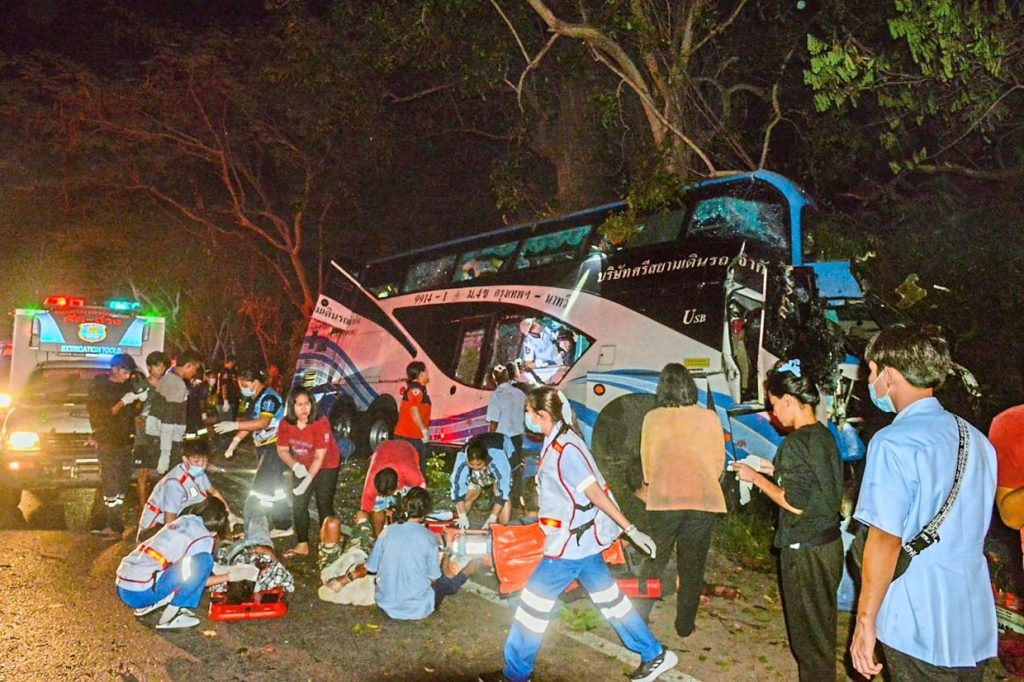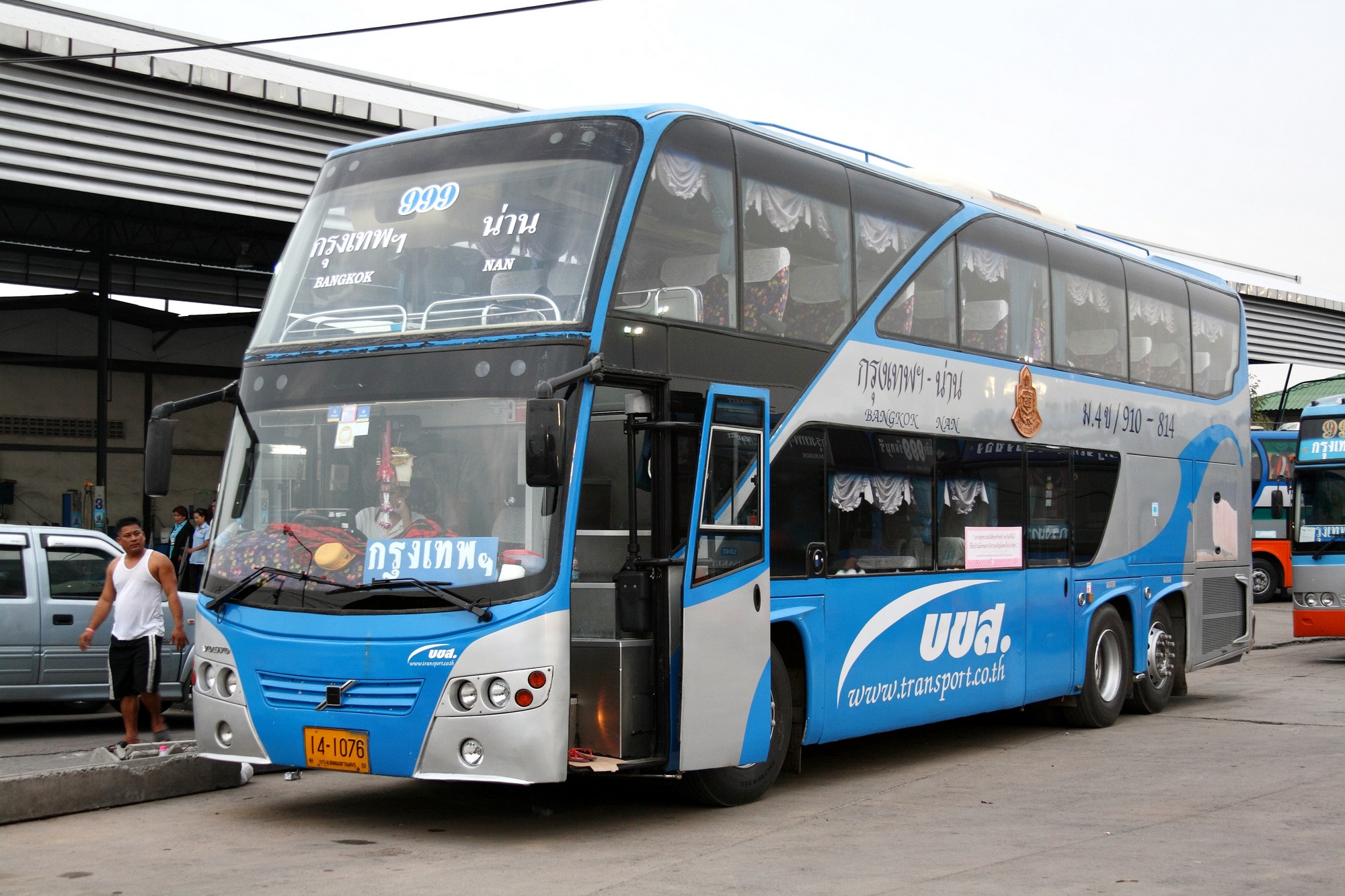Seventeen people have been killed after a bus plunged into a ravine in an area known as the “killer curve” in central province of Antique in the Philippines, officials said on Wednesday. The bus was transporting scores of people when its brakes failed on Tuesday afternoon in the central province of Antique, according to Rhodora Cadiao, the local governor.
She stated that seven persons were in serious condition and four were stable and recuperating. Cadiao told Reuters that the bus was traveling from the neighboring province of Iloilo to Culasi in Antique when its brakes failed on a twisting road and it dropped 30 metres (98.5 feet) into the ravine.
“That’s what we call the killer curve.” “It was the second bus that had fallen off there,” Cadiao told the DZRH radio station. “The engineering design of this road is very faulty,” Cadiao stated in a statement. “I want to condemn that road already.”
Dozens of rescuers, including police, army troops and provincial emergency responders, worked to extricate the victims from the wreckage. They used stretchers and ropes to bring the victims up the ravine in an hours-long rescue and retrieval work that dragged late into the night.
Retrieval operations have stopped after all visible bodies on site were already pulled up, the provincial government of Antique said on Facebook. The bus fell into the ravine in a portion of the highway that had no concrete barrier.
The total number of passengers, first estimated to be 53, was yet to be verified, it added.
The Philippines is notorious for its lax regulation on public transport and poorly maintained roads.
Crash Causes Double-Decker Bus Ban in Thailand
Following the Father’s Day tragedy that killed 14, Thailand’s Transport Ministry claims that licenses for double-decker buses currently on the road will not be renewed.
A deputy government spokeswoman claimed that double-decker buses will be outlawed in the next four to five years, a necessary move after an accident in Prachuap Khiri Khan province killed 14 passengers.
On Wednesday, the spokesman extended condolences to the families and friends of the victims involved in the accident, which occurred when a double-decker bus went off the road and slammed into some trees, killing 14 people and injuring 32 others.
At around 1 a.m. on Tuesday, the double-decker bus was traveling from Bangkok to the Na Thawi district of Songkhla province.
According to Chatchai Saweeyanon, chief of the Disaster Prevention and Mitigation Unit in Huai Yang, rescue workers discovered 14 bodies at the scene, seven in the upper deck, three in the lower deck, and four outside the bus.
Somsak, the 36-year-old driver, had his surname concealed. He is in serious condition at the provincial hospital in Prachuap Khiri Khan.
According to Ms Rudklao, the transport minister has revised a regulation that limits the height of double-decker buses to four metres, down from 4.3 metres currently.
In addition, each bus must install a GPS system and make it available for inspection.
The licenses for the double-decker buses already on the road will expire in the next 4-5 years, making them the last of their kind in Thailand, she added.
“The prime minister has assigned the Transport Ministry and state agencies to ease the damage and help the families of the passengers,” she said.
According to Kongsak Chuenkrailart, coordinator of the Foundation for Consumers’ public transportation safety program, the collision could have resulted from the driver dozing off and a lack of vehicle maintenance.
He further claimed that the name of the bus business did not correspond to the name of the company that provided the bus tickets.
“I would like agencies to reconsider the safety standards of double-decker buses and whether they guarantee passenger safety,” Mr. Kongsak added.
“We now have double-decker buses in service throughout the country, but passengers do not have access to maintenance checks, service life information, insurance, or proof that the buses have passed a slope test.” Over the years, all of these variables have contributed to accidents.”
The Department of Land Transport, reported the double-decker bus in question was traveling at 88 kilometers per hour, which is less than the speed restriction of 90 kilometers per hour.
According to the Department of Land Transport’s accident data, the accident rate of double-decker buses is six times that of single-seater buses, but the factors of accidents do not depend solely on the vehicle.
Single The driver is most likely also engaged. Because of the height of the double-decker bus, when combined with high driving speeds and curving road conditions, the double-decker bus is more likely to lose control or roll over.
The Department of Land Transport also implemented contraception restrictions on double-decker buses in 2017. Newly registered large buses shall not be taller than 4.00 meters, up from 4.30 meters previously, however according to a Thailand Accident Center survey, all Thai class buses are taller than 4 meters and have their own structure in the country.
Bomb Blast at Catholic Mass in the Philippines Kills 4, Injures 7
Bomb Blast at Catholic Mass in the Philippines Kills 4, Injures 7
Double-Decker Bus Transporting 15 Tourists Erupts into Flames in Bangkok
Double Decker Bus Transporting 15 Tourists Erupts into Flames in Bangkok









